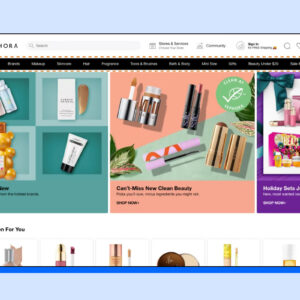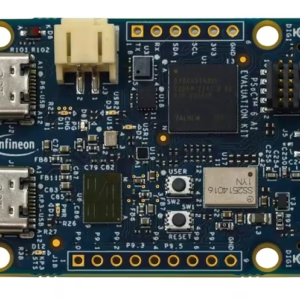Rapid prototyping (RP) is a process that uses multiple manufacturing processes to produce a real object from CAD model data rapidly. There are no limits to the usage of rapid prototyping at any point of the product development cycle for any component or sub-component. It is possible to repeat prototyping several times throughout the new product design process, utilizing the test data to create the intended part.
The phrase “rapid prototyping” refers to building a prototype fast to assess the aesthetic and functional properties or a portion of a part. Sometimes, individual pieces are quickly made separately and combined to test a prototype product.
So, what exactly is a prototype? It helps assess the design, test the technology, analyze the operating principle, and offer the final product requirements in an engineering product design environment. The method of engineering products and, more crucially, the creation of new products both need the use of prototypes.
How does Rapid Prototyping work?
One of the most common methods used in rapid prototyping (RP) is layered additive manufacturing. However, other RP technologies exist in addition to high-speed machining, casting, molding, and extruding. The most frequent fast prototyping approach is additive manufacturing; however, other more traditional methods may also be employed. There are many rapid prototyping services, so you should know what you are looking for.
Included in these procedures are:
- Milling, grinding, or turning may be used to carve out the required form from a block of material.
- Pre-solidification pressure is used to mold the semi-solid or liquid material into the required form before it is allowed to solidify.
Types of Rapid Prototyping
- Vat photopolymerization or stereolithography (SLA)
Commercial 3D printing was made possible by this rapid and inexpensive process. A computer-controlled ultraviolet (UV) light is excellent for solidifying a bath of photosensitive liquid layer by layer.
- Selective Laser Sintering (SLS)
A powder bed is used to build a prototype piece-by-piece utilizing a laser to heat and solidify the powder when employing SLS. On the other hand, SLA has a far higher strength-to-weight ratio, but the surface of the completed product is often rough and may need further finishing work.
- Fused Deposition Modelling (FDM) or Material Jetting
Most non-industrial desktop 3D printers use this low-cost, simple-to-use method. Polymer filament is heated in a barrel and deposited layer-by-layer following an algorithmic deposition program before being extruded. Even though the early outputs were often low resolution and weak, this method is constantly developing and is very cost-effective, making it suitable for creating products.
- Powder Bed Fusion or SLM (Selective Laser Melting)
Powder bed fusion is a popular method for producing high-strength, intricate pieces. The aerospace, automotive, defense, and medical sectors regularly employ selective laser melting. With a high-powered laser or electron beam, this procedure creates either prototype or production components using fine metal powders melted layer-by-layer. Titanium, aluminum, stainless steel, and cobalt chrome alloys are common SLM materials used in RP.
- Sheet Lamination or Laminated Object Manufacturing (LOM)
SLM and SLS are more complex processes; however, this affordable method does not need particular conditions. Created using laser or similar cutting technology, LOM develops the pattern design by stacking up a sequence of thin laminates. A new layer is provided and bonded over the preceding one until the component is complete.
- Digital Light Processing (DLP)
These resins are likewise polymerized and cured using conventional light sources like SLA, although the process is more time-consuming than with SLA. In contrast to SLA, DLP frequently needs post-build curing and support structures.
Continuous Liquid Interface Production (CLIP) is an alternate method that eliminates the need for layers in favor of continually pulling the item from a vat. The component is dragged out of the vat and traverses a light barrier to achieve a desired cross-sectional pattern.
- Binder Jetting
Printing many pieces at once is possible with this method, although the resulting parts aren’t as sturdy as those made with SLS. Binder Jetting employs micro-fine droplets of liquid sprayed from nozzles over a powder bed to create a layer of the component. After that, a roller compacts the powder on top of the previous layer, and the cycle is repeated. If you want to remove the binding agent and fuse the powder, you can bake the portion in an oven.
Companies must create and release new items quicker than their competitors in today’s fast-paced consumer market. To ensure a company’s success, quick prototyping technologies become the most important aspect of creating new products.





